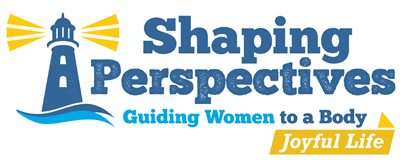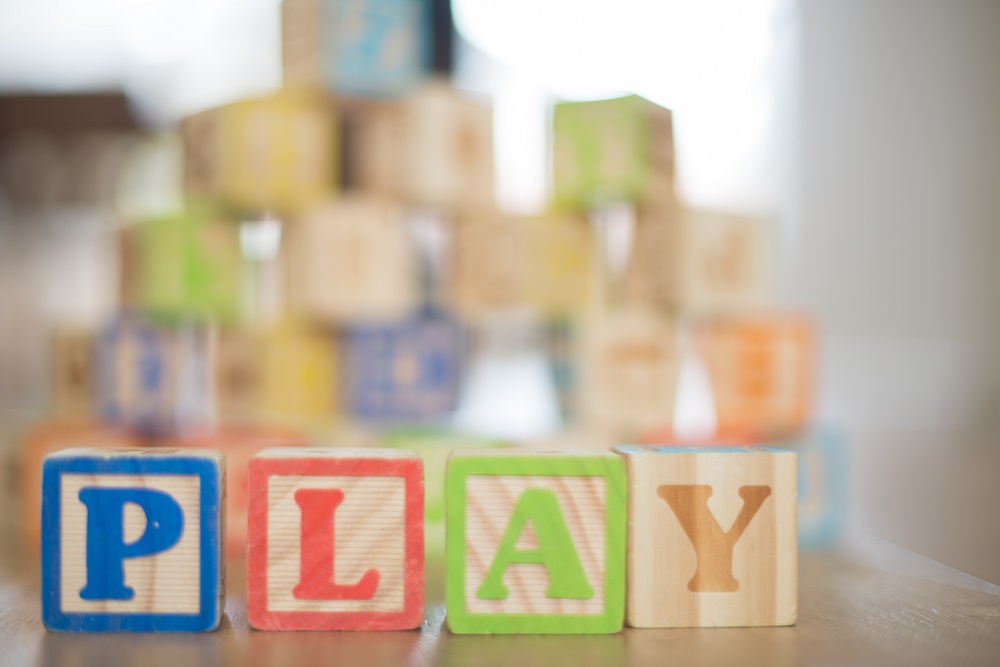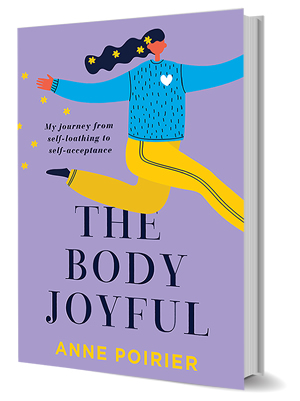Can you remember the last time you played?
If you caught my last blog, you know moving the body can look a lot different from what is traditionally thought of as exercise (CrossFit, bootcamp, Beachbody, etc.) and it might be time for a divorce from that approach.
Exercise can actually resemble play!
So tell me, what comes up for you when you think about play? Is it a waste of time? Is it just for kids?
In today’s blog, we want to share the benefits of this shift in perspective, along with some ideas on how to take on this non-traditional approach to exercise.
As I continue to live my own joyful, peaceful life journey, I soak up more and more information on play.
One of my mentors is Brene Brown. In her book The Gifts of Imperfection she talks about play as an essential guidepost:
Guidepost #7 — Cultivating Play and Rest (and letting go of exhaustion as a status symbol and productivity as self-worth)
Take a moment to let that sit with you.
Do you have conversations with friends or family that don’t include how tired they are? Exhaustion has become what is expected these days.
It can be life-changing to realize moving and playing are ways to counter society’s addiction to productivity and chronic exhaustion.
Before we go further into the benefits of a non-traditional approach to exercise, let’s take a closer look at movement and play.
The power of movement.
The body is designed to move. It thrives on it.
Need more convincing?
Movement can…
- Improve mood
- Boost energy
- Promote better sleep
- Improve strength & cardiovascular health
- Help counter depression
- Reduce stress and anxiety
- Improve self-confidence
- Boost brain power
The importance of play.
Play is defined as:
“Engaging in an activity for enjoyment and recreation rather than serious or practical purpose.”
Why play?
Dr. Stuart Brown (play expert) talks about some different properties of play.
Here are three I would like to share with you:
- Time spent without purpose.
- Something you don’t want to end (you want to extend and you lose track of time).
- A loss in the hyper-sense of self-consciousness (you don’t care how you are being perceived by others).
He also shares this notion:
“The opposite of play is not work—the opposite of play is depression.”
So, with all this information, what might play look like for you?
For me, play looks like throwing a softball around, walking on the beach, jumping the waves, or dancing to 80’s music.
And there are many more benefits of play too!
They include:
- Joy in movement
- Trust (in self and others)
- Optimism (positivity)
- Emotional regulation (helps manage emotions)
- Creativity and imagination
- Belonging and connection
- Increased mood
- Flexibility
- Problem solving
Let’s take a look at what a less traditional approach to moving might look like.
But first, if you’re in the process of divorcing exercise, it might also be time to remove these things from your diet.
Taking a non-traditional approach to exercise.
CAUTION: What follows may sound like fun. It may sound like it’s just for kids, and it may even sound like an every day, ordinary activity.
BEWARE: All of these activities use many of the following: a variety of muscles, range of motion, flexibility, agility, strength, and endurance.
PROCEED WITH CARE: Choose activities that speak to you! You can do them alone or with friends; indoors or outdoors. Some require some equipment, others do not. They can be done for 5 minutes or 3 hours…as long as they remain fun and enjoyable.
Some examples:
- Hula-hooping
- Skipping and galloping
- Jumping rope or skip-its
- Hopscotch
- Medicine ball slams (great to release stress and tension)
- Rollerblading
- Climbing walls
- Zip-lines
- Nature’s circuit walking (using trees, benches, curbs and more)
- Mall or museum walks
- Dancing: alone, with friends, in celebration, down the street
- Drumming (contact us for our Drumming Fun class or Play-Fit Bundle)
- Hoover Ball (Medicine ball Newcomb)
- Hot potato
- Medicine ball tennis or tennis ball scramble
- Hand-clapping games
- Playground fun with kids
- Play-Fit (contact us for information)
- Foot golf (Soccer and golf combo, my personal favorite)
- Disc Golf
Simple directions for incorporating more movement and play.
- Try new places: this includes playgrounds, beaches, ponds, pools, fields, tennis courts, malls, hills, mountains
- Ask for a friend or friends to join you
- Be open-minded and think outside the box
- Be non-judgmental
- Be curious
- Experiment
- Take a break from traditional exercise options
Remember:
It’s not about how long, how hard, or how many calories you are burning.
It’s about moving your body the way it was meant to move: In joy, with play, with laughter and excitement.
Reconnect with the “I can’t wait to go play!” person that lives inside you.
Part of this reconnection might also include improving your self-talk and your relationship with yourself. Here’s how to do that.
For more information on any of the above games or circuits, please click here for a free Body Joyful Breakthrough Sessions.
If you enjoyed this article, you won’t want to miss these either:
Diets Don’t Work…But This Does
Is it Time for a Divorce? Tips for a Healthier Relationship to Movement
9 Steps to Ultimate Self-Acceptance


